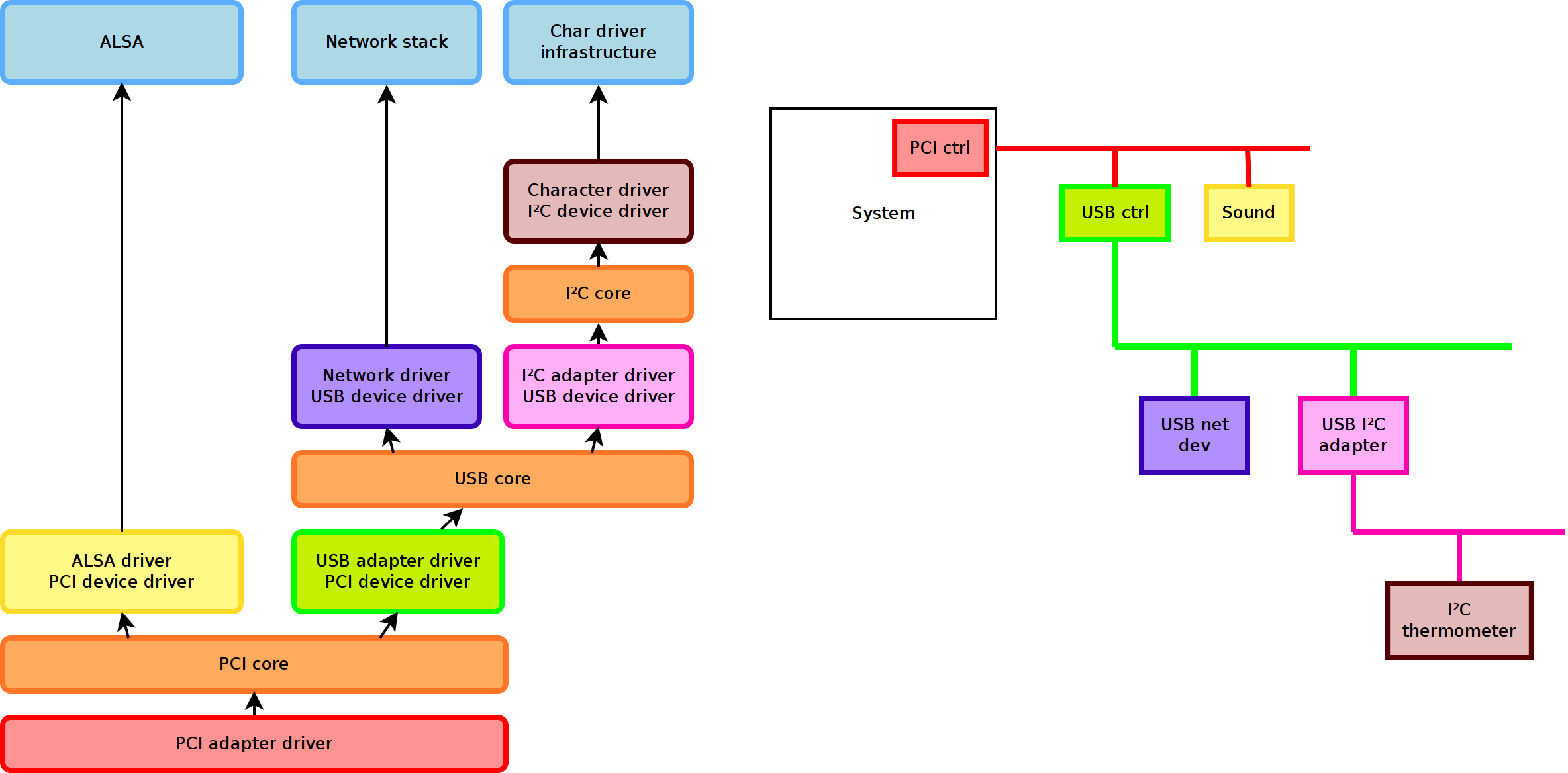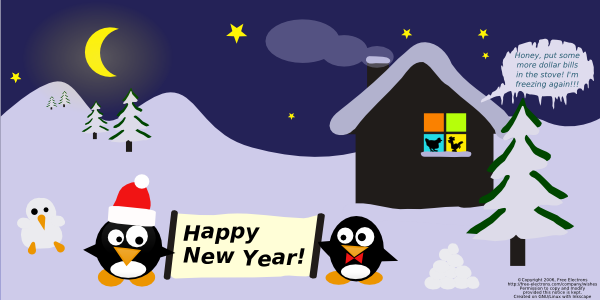 I was invited to speak at the GENIVI All Members Meeting that took place on May 3-6 in Dublin, Ireland. This was a very interesting opportunity to meet new people in the In Vehicle Infotainment (IVI) industry and community.
I was invited to speak at the GENIVI All Members Meeting that took place on May 3-6 in Dublin, Ireland. This was a very interesting opportunity to meet new people in the In Vehicle Infotainment (IVI) industry and community.
In addition to the friendly social event at the Guiness Brewery, there was also a very interesting technical showcase of products and software using the GENIVI stack. I could observe that Freescale and ARM chips in general dominate this market. I also wore my Linaro shirt and had interesting discussions with several people about partnership opportunities between GENIVI and Linaro.
I gave a presentation about reducing boot time in embedded Linux systems. The slides are available in PDF and ODF formats, and as usual, are released with a Creative Commons Attribution – Share Alike 3.0 license. Here is the description of the talk:
Cheap Linux boot time reduction techniques
By Michael Opdenacker, Bootlin
More and more feature rich Linux devices are put in the hands of consumers, and the average consumer shouldn’t even notice that they run Linux. To make the OS invisible, the system should boot in a flash.
Multiple boot time reduction techniques are now available, and can be used at the end of a development project, without incurring redesign costs. This presentation will guide embedded Linux system developers through the most effective ones. For each technique, we will detail how to use it and will report the exact savings achieved on a real embedded board.
Author’s biography
Michael Opdenacker is the founder of Bootlin (https://bootlin.com), a company offering development, consulting and training services to embedded Linux system developers worldwide. He is always looking for innovative techniques to share with customers and with the community.
Michael is also the Community Manager for Linaro (http://linaro.org), a not-for-profit engineering organization working on software foundations for Linux on ARM, to reduce fragmentation between ARM chip vendors, increase product performance and reduce time to market. Linaro currently employs more than 100 of the most active developers in the ARM and embedded Linux community.
I was pleased to have a good number of participants, and to get many questions during and after the talk.
Though GENIVI is about Free and Open Source Software, it is unfortunately not very open to the community yet. You have to become a member to access its specifications, wiki and other technical resources. While collecting membership fees makes sense to operate such an organization, and is acceptable for system makers, it makes it difficult for embedded Linux community developers to get involved. I hope that GENIVI will become more open to the wider embedded Linux community in the future.


 .
.